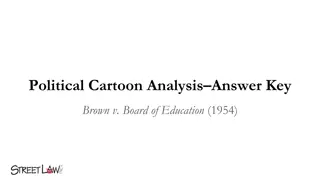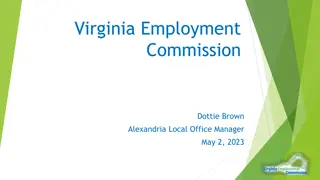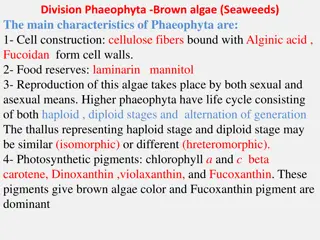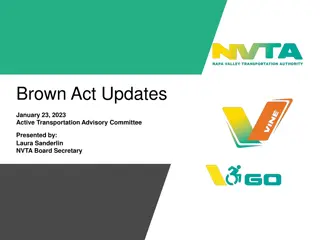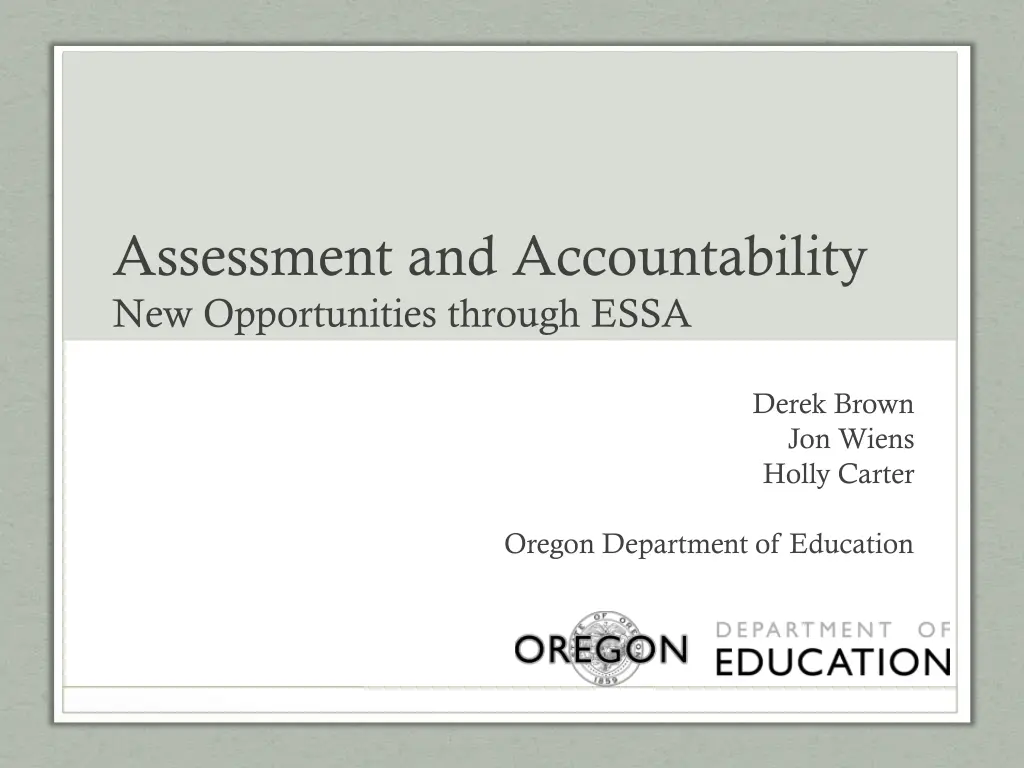
New Opportunities in ESSA Assessments and Accountability
Explore the key principles and background of ESSA implementation, focusing on improving teaching, student outcomes, and closing achievement gaps. Learn about ESSA assessments requirements and the flexibility provided for states. Gain insights into the fundamental elements of ESSA and discuss steps for effective implementation.
Download Presentation

Please find below an Image/Link to download the presentation.
The content on the website is provided AS IS for your information and personal use only. It may not be sold, licensed, or shared on other websites without obtaining consent from the author. If you encounter any issues during the download, it is possible that the publisher has removed the file from their server.
You are allowed to download the files provided on this website for personal or commercial use, subject to the condition that they are used lawfully. All files are the property of their respective owners.
The content on the website is provided AS IS for your information and personal use only. It may not be sold, licensed, or shared on other websites without obtaining consent from the author.
E N D
Presentation Transcript
Assessment and Accountability New Opportunities through ESSA Derek Brown Jon Wiens Holly Carter Oregon Department of Education
Goals To gain an understanding of the fundamental elements of ESSA relative to state assessment and accountability systems To explore the flexibility provided by ESSA through rich dialogue, self-reflection, and group activities To discuss next steps regarding ESSA implementation
Key Principles Committed to a plan that will improve both teaching/learning and student achievement in our state Committed to improved student outcomes, particularly boosting graduation rates Committed to closing the state s achievement and opportunity gaps and having a state plan founded on educational equality Committed to high-quality instruction and educational leadership; every student taught by an excellent teacher, every school led by a strong educational leader Committed to school improvement and transforming underperforming schools
Background In December of 2015, the House passed the bill 359-64, and a few days later the Senate passed the bill 85-12 President Obama signed the bill into law on December 10, 2015 Reauthorization period is fiscal years 2017 through 2020 ESEA flexibility waivers null and void on August 1, 2016 New accountability systems go into effect for the 2017-18 school year US Department of Education will issue regulations for implementation in 2016
ESSA Assessments Requires state testing in English language arts and math once per year in grades 3-8 and high school, and in science at each grade level (elementary, middle, and high school) Participation (95%) required for all students and groups of students States may implement opt out policies States will determine how participation is included in accountability systems If approved by the state, high schools may use a nationally- recognized assessment in place of the state assessment Must be aligned to academic content standards States will develop technical criteria and approval process
ESSA Assessments Criteria for high school assessment flexibility: Assessment must align to state adopted standards (CCSS) Assessment must address the breadth & depth of the standards and be equivalent in content coverage, difficulty, and quality to the state test Assessment must provide comparable, valid, and reliable data for all students and each subgroup Results must be expressed using the state s achievement standards (e.g., on the Smarter Balanced scale, with the Smarter Balanced cut scores)
ESSA Assessments Activity we are interested in your thoughts about the potential for high schools to use an alternative assessment in lieu of the state tests for accountability purposes At your table, spend some time thinking about this element of ESSA using the following stimuli What attributes of a state assessment do you value the most? How might providing high schools with flexibility to use an alternative assessment promote these values? What challenges might providing high schools with flexibility to use an alternative assessment pose to these values? Please use the graphical organizers provided at your table, we plan to collect and review the information you provide
ESSA Assessments Activity we are interested in your thoughts about the potential for high schools to use an alternative assessment in lieu of the state tests for accountability purposes This activity will take approximately 25 minutes, broken down as follows 5 minutes: self-reflection 10 minutes: table discussion 10 minutes: table share out Ready Go!
ESSA Accountability Replaces Adequate Yearly Progress (AYP) with a state defined system including the following elements Academic Indicators Academic achievement on state tests Student growth or other academic indicator English language proficiency for ELLs Graduation rates for high schools School Quality or Student Success Indicators At least one indicator determined by the state, may differ by grade band For example: student engagement, parent surveys, advanced course offerings, school climate
ESSA Accountability Weighting the indicators States decide weighting, academic indicators must be given much greater weight than measures of school quality or student success States decide how participation rates are included in accountability systems Based on performance of schools and student subgroups on the indicators, states are required to meaningfully differentiate all public schools on an annual basis
ESSA Accountability Activity we are interested in your thoughts about the school quality indicators that could be included in the system At your table, spend some time thinking about the characteristics of high quality schools and why they are important Do not be burdened by how these indicators might be measured and reported, this conversation is designed to keep us focused on what we value in our schools Please use the graphical organizers provided at your table, we plan to collect and review the information you provide
ESSA Accountability Activity we are interested in your thoughts about the school quality indicators that could be included in the system This activity will take approximately 25 minutes, broken down as follows 5 minutes: self-reflection 10 minutes: table discussion 10 minutes: table share out Ready Go!
Next Steps 2015-16 School Year January 2016 ODE leadership group and workgroups established ODE staff complete analysis of new law February May 2016 Convene stakeholder workgroups Conduct statewide outreach for diverse stakeholder input May July 2016 Draft consolidated state implementation plan and solicit public input August 2016 Complete and submit state implementation plan (pending USED guidance)
Next Steps 2016-17 School Year (Transition Year) Develop policy, guidance, OARs based on final regulations from USED Revise state plan (if needed) Draft legislative proposals for the 2017 legislative session (if needed) 2017-18 School Year (Implementation Year) Implement new accountability system and other components of state plan Provide professional development, technical assistance, and monitoring to ensure effective implementation across programs
Questions and Contacts For more information on ESSA, please visit ODE s website Link: http://www.ode.state.or.us/search/page/?id=3475 Derek Brown derek.brown@state.or.us 503-947-5841 Jon Wiens jon.wiens@state.or.us 503-947-5764 Holly Carter holly.carter@state.or.us 503-947-5739


